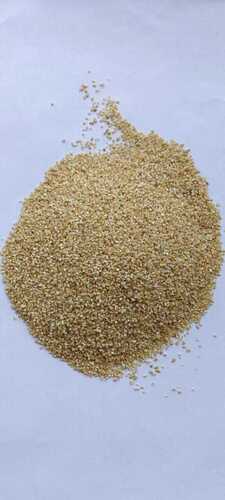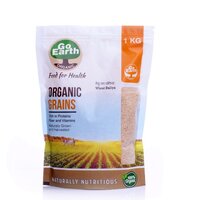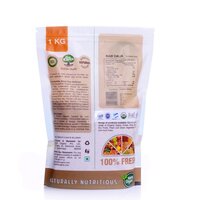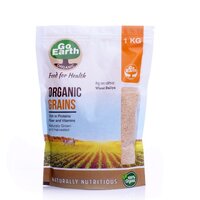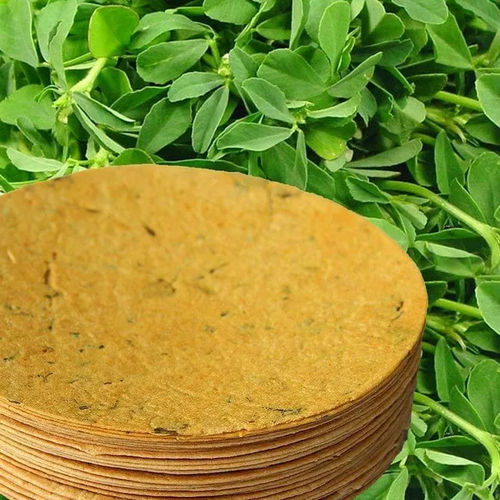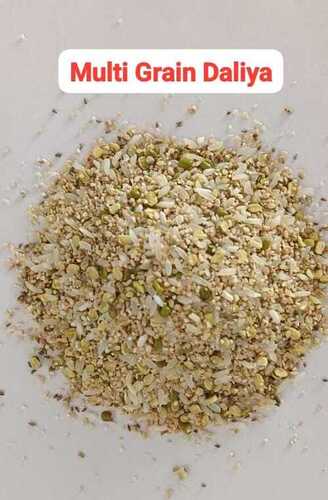 Ahmedabad, Gujarat, India
Ahmedabad, Gujarat, India
 Ahmedabad, Gujarat, India
Ahmedabad, Gujarat, India
Organic wheat dalia/broken wheat
Product Details:
- Grade Food Grade
- Storage Instructions Coo & Dry place
- Product Name Organic wheat dalia/broken wheat
- Product Type dalia
- Shape Round
- Feature Good Taste & Nice Flavour
- Usage Food
- Click to View more
Organic wheat dalia/broken wheat Price And Quantity
- 25 Kilograms
- 72 INR/Kilograms
Organic wheat dalia/broken wheat Product Specifications
- Organic wheat dalia/broken wheat
- dalia
- Good Taste & Nice Flavour
- Food Grade
- Food
- Round
- Coo & Dry place
Organic wheat dalia/broken wheat Trade Information
- 10000 Kilograms Per Day
- 1 Week
- Yes
- Free samples are available
- 25Kg PP Bags for bulk supply It is available in our retail packing of 500gms to 1kg.
- All India
- NPOP,NOP,Jaivik Bharti Cetified ,USDA Cetified Organic
Product Description
-
Production Process: Wheat dalia is made by milling whole wheat grains into coarse or fine particles. The milling process results in broken wheat pieces, which can vary in size.
-
Nutritional Content: Dalia retains many of the nutritional benefits of whole wheat since it includes the bran, germ, and endosperm. It is a good source of dietary fiber, protein, vitamins, and minerals. It is often considered a healthier alternative to refined grains due to its nutritional profile.
-
Versatility in Cooking: Dalia is a versatile ingredient that can be used in various savory and sweet dishes. In Indian cuisine, it is commonly used to make dalia khichdi (a savory one-pot dish), upma, porridge, and even desserts. It can also be used in salads, soups, and pilafs.
-
Health Benefits: The high fiber content in wheat dalia contributes to better digestion and can help in maintaining a feeling of fullness. It is often recommended for its potential to support weight management and provide sustained energy.
-
Cooking Instructions: Wheat dalia typically requires cooking before consumption. It can be boiled or steamed to prepare a variety of dishes. The cooking time may vary depending on the size of the broken wheat particles.
-
Storage: Like other grains, wheat dalia should be stored in a cool, dry place to prevent moisture absorption and spoilage. Some people prefer storing it in airtight containers to maintain freshness.
-
Availability: Wheat dalia is widely available in grocery stores, health food stores, and online retailers. It is often packaged in bags or containers, and various brands may offer different types of dalia.
When using wheat dalia, follow the cooking instructions on the packaging and consider incorporating it into a balanced diet for its nutritional benefits. Whether you're preparing savory or sweet dishes, wheat dalia can add texture and nutrition to your meals. Always check product labels for any specific instructions or certifications, such as organic

Price:
- 50
- 100
- 200
- 250
- 500
- 1000+

